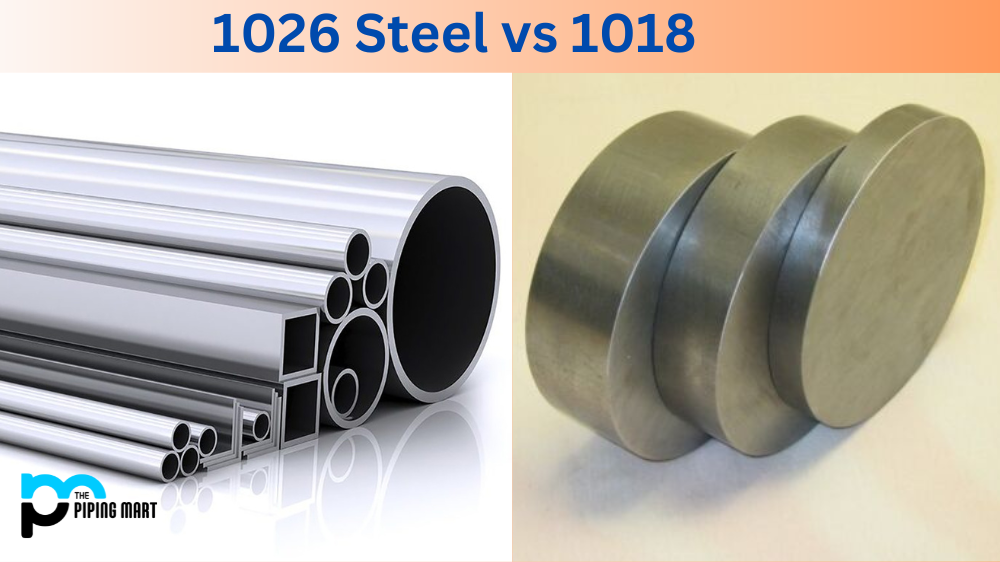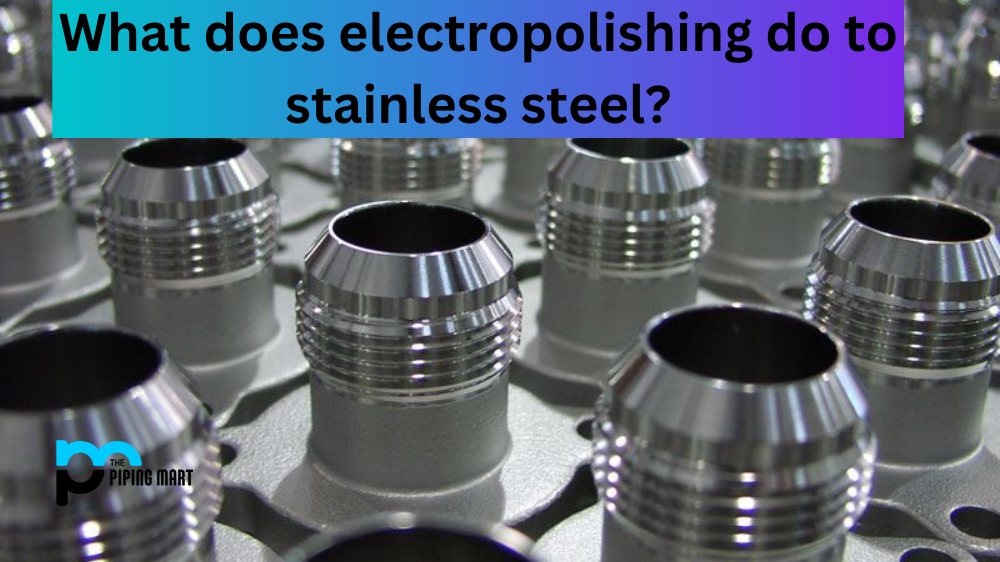Steel alloys are an essential part of modern society. They are widely used in building infrastructure, manufacturing, and construction. However, not all steel alloys are created equal. Two of the most popular and commonly used steel alloys are 1026 and 1018. While they may seem similar on the surface, these two alloys differ significantly in their chemical and physical properties. So, in this blog, we’ll take a closer look at 1026 steel and 1018 steel, comparing and contrasting them to help you make an informed decision when selecting steel for your projects.
Difference Between 1026 Steel and 1018
Chemical composition
The first significant difference between 1026 and 1018 steel is their chemical composition. 1026 steel has a higher carbon content, which ranges between 0.22% and 0.28%, than 1018 steel, which has a carbon content of approximately 0.18%. The higher carbon content in 1026 steel often leads to improved mechanical properties, such as strength and hardness, making it ideal for high-demanding applications such as shafts, gears, and engine components. On the other hand, 1018 steel has a lower carbon content, making it more ductile and easier to work with and more suitable for applications such as welding, machining, and cold forming.
Manufacturing process
Another difference between 1026 and 1018 steel is their manufacturing process. 1026 steel is manufactured using the hot-rolled process, which involves heating it above its recrystallization temperature and rolling it into a flat shape. The hot-rolled process gives 1026 steel its characteristic black finish, making it stronger and more durable. On the other hand, 1018 steel is manufactured using the cold-rolled process, which involves rolling the steel below its recrystallization temperature. The cold-rolled process makes 1018 steel stronger, more challenging, and less ductile than hot-rolled 1026 steel.
Heat treatment
A third difference between 1026 and 1018 steel is their suitability for heat treatment. Heat treatment is a process used to improve the mechanical properties of steel by altering its structure. Due to its higher carbon content, 1026 steel is more responsive to heat treatment and can be hardened to a greater extent than 1018 steel. Heat-treated 1026 steel is often used in high-stress applications like construction, machinery, and transportation. On the other hand, 1018 steel is not as responsive to heat treatment, and its mechanical properties remain unchanged after the process.
Cost
Lastly, the absolute difference between 1026 and 1018 steel is their cost. Since the manufacturing processes for these two alloys are so different, it’s not surprising that the price of 1026 steel is generally higher than for 1018 steel. The added cost is due to the higher quality specification and the additional carbon required to manufacture 1026 steel. However, 1026 steel remains the go-to choice for demanding applications requiring high strength, durability, and hardness despite the extra cost.
Other Differences
- 1026 steel is low-carbon steel with a carbon content of 0.28-0.33%.
- 1018 steel is low-carbon steel with a carbon content of 0.18-0.23%.
- 1026 steel is more robust than 1018 steel.
- 1026 steel has a higher tensile strength than 1018 steel.
- 1026 steel can be heat treated to produce various hardness levels.
- 1018 steel can be heat treated to produce various hardness levels.
- 1026 steel is typically used for applications that require high strength and toughness, such as automotive parts, gears, and shafts.
- 1018 steel is typically used for applications that require moderate strength and toughness, such as fasteners and fixtures.
Conclusion
In conclusion, while 1026 and 1018 steel may look similar at first glance, their chemical composition, manufacturing processes, suitability for heat treatment, and cost make them distinct alloys suited for different applications. By understanding these differences, you can choose the suitable steel alloy for your projects, ensuring that your final product is strong, durable, and well-suited for its intended use. So, the next time you select steel for your application, take note of the differences between 1026 and 1018 steel and make a well-informed choice.

A passionate metal industry expert and blogger. With over 5 years of experience in the field, Palak brings a wealth of knowledge and insight to her writing. Whether discussing the latest trends in the metal industry or sharing tips, she is dedicated to helping others succeed in the metal industry.




